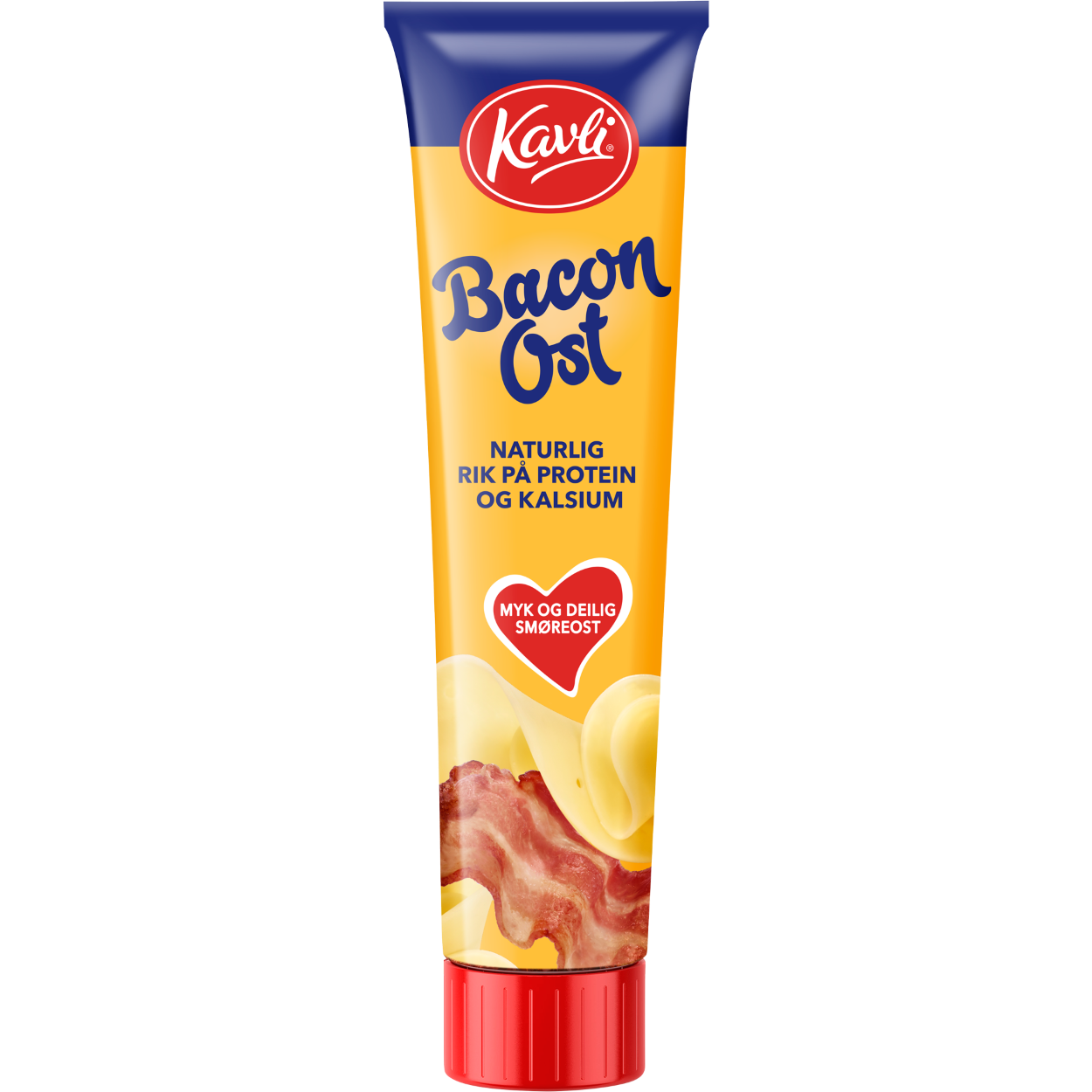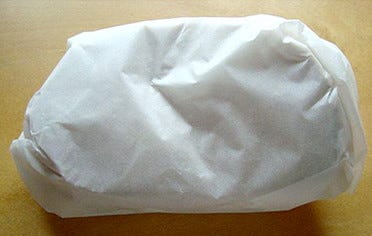Matpakka—The Omnipresent Norwegian Lunch
More so than in many countries, packed sandwiches sit at the center of Norwegian lunches. Of course, there are lunch halls and cafés, but most Norwegians wrap a couple of sandwiches in parchment paper and make the midday meal a quick affair. This packed lunch is known as matpakka.
Etymology
We can trace matpakka’s origins back to 1929 when the Oslo school district introduced Oslofrokosten—The Oslo Breakfast. Forty-five minutes before the bell rang, students were served meals consisting of:
- A half-liter carton of milk.
- Two slices of whole-wheat bread or cracker bread, topped with margarine and brown goat cheese. (Today, cracker bread is commonly marketed as Wasa; brown cheese as Gjetost or Ski Queen.)
- Two whole-wheat crackers.
- Half an apple or orange; alternatively, carrots or rutabaga.
- A tablespoon of fish oil during the winter months.
The tradition stuck, and as the children aged, they brought Oslofrokost-inspired packed lunches into the workplace. Matpakka was born, and it soon became a ubiquitous symbol of Norwegian egalitarianism.
The packed lunch has evolved through the years, if ever so slightly. Few bring milk to work, though community cartons aren’t uncommon in the workplace. I doubt rutabaga is a typical side these days, but apples and oranges are still popular accouterments.
Details aside, matpakka’s soul has not changed, and the core of its essence is still the open-faced sandwiches.
The Inner Workings
Typically, the bread slices or Wasa are sensibly stacked with toppings—pålegg—that fall into two categories: The classic layered kind or the spreadables.
The layered variety consists of a quick schmear of butter, topped with two slices of Jarlsberg or Gjetost. Optionally, you can add cold cuts, where servelat—a type of ham—is a popular choice. If you skip the meat, you typically top the cheese with slices of red pepper or cucumber.
The spreadables offer more variety. Kaviar, a pink-ish roe paste, is an evergreen that I, like most Norwegians, find delicious. (The rest of the world seems to disagree harmoniously.)
For the more adventurous eater, there is baconost—bacon cheese—which tastes neither like bacon, cheese, or anything that exists in nature. I will still defend it to my death, even though it conceivably could be Soylent Green.

Leverpostei—liver paste—is still going strong for reasons I cannot even begin to imagine. A mainstay since the 1900s, the canned pork liver gives me a Pavlovian reaction of disgust, though, in all fairness, I don’t think I have ever tasted it. As a child, I’d rather chew glass than eat liver in paste form.
All Wrapped Up
Packing a matpakke is a bit more intricate than you might think. First, the sandwiches need to be separated by mellomleggspapir—parchment paper perfectly cut to fit the size of the bread. You then wrap the stack of slices in a larger piece of parchment paper, which is where it gets tricky. Taping the package is considered couth, and a particular folding technique is required to prevent it from accidentally falling apart. I couldn’t even start to tell you how to do that, which is why I, as a child, used a lunch box.

Here to Stay
Many Norwegian traditions are slowly fading away, but matpakka is going as strong as ever. A fairly recent study showed that 30% of Norwegians bring a matpakke onto flights. Conversely, milk is rarely ordered to go with the sandwiches.
Web Sources
“Oslofrokosten.” Wikipedia. Updated March 27, 2021. no.wikipedia.org/wiki/Oslofrokosten
Tine Faltin. “Har ikke før kommet om bord i flyet før matpakka tas fram.” Dagbladet. April 4, 2013. www.dagbladet.no/tema/har-ikke-for-kommet-om-bord-i-flyet-for-matpakka-tas-fram/62936075
